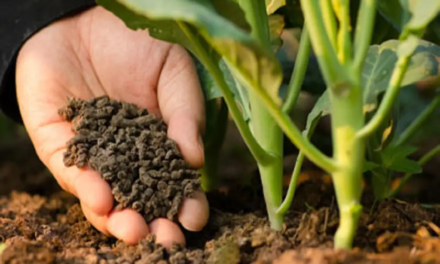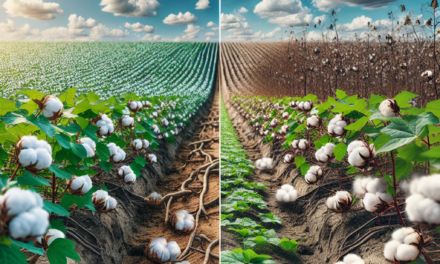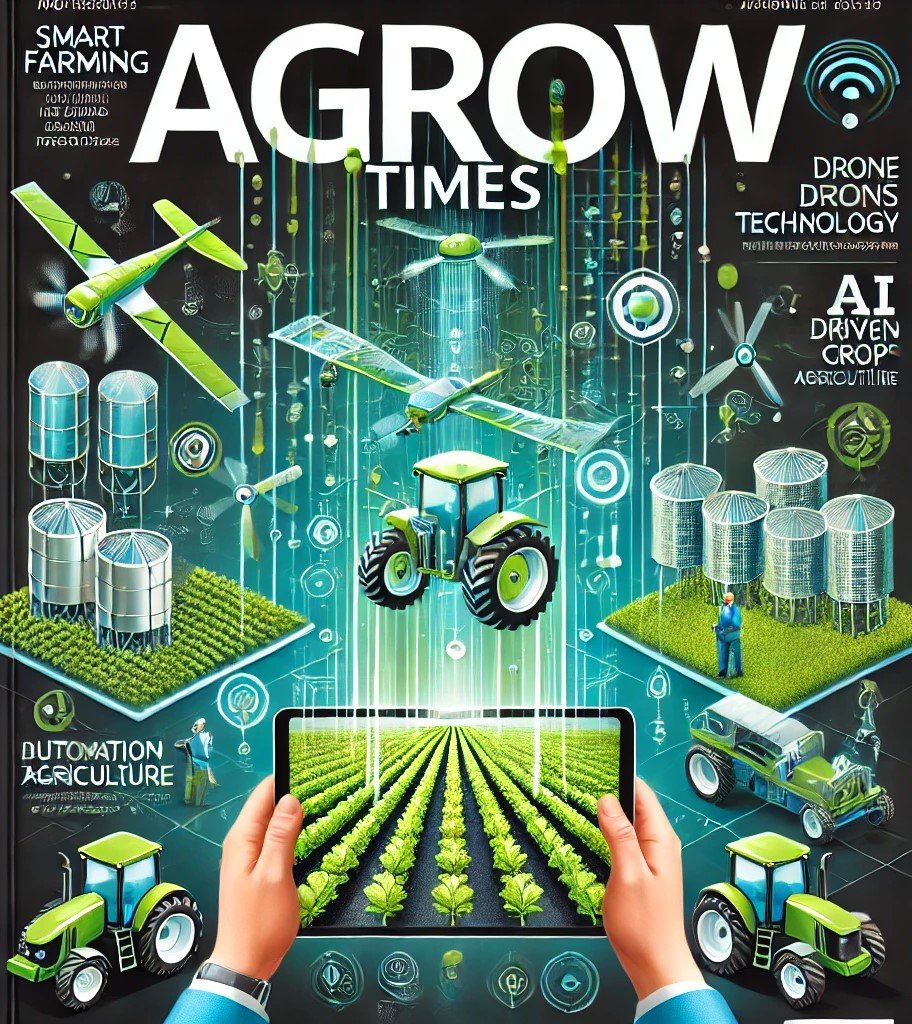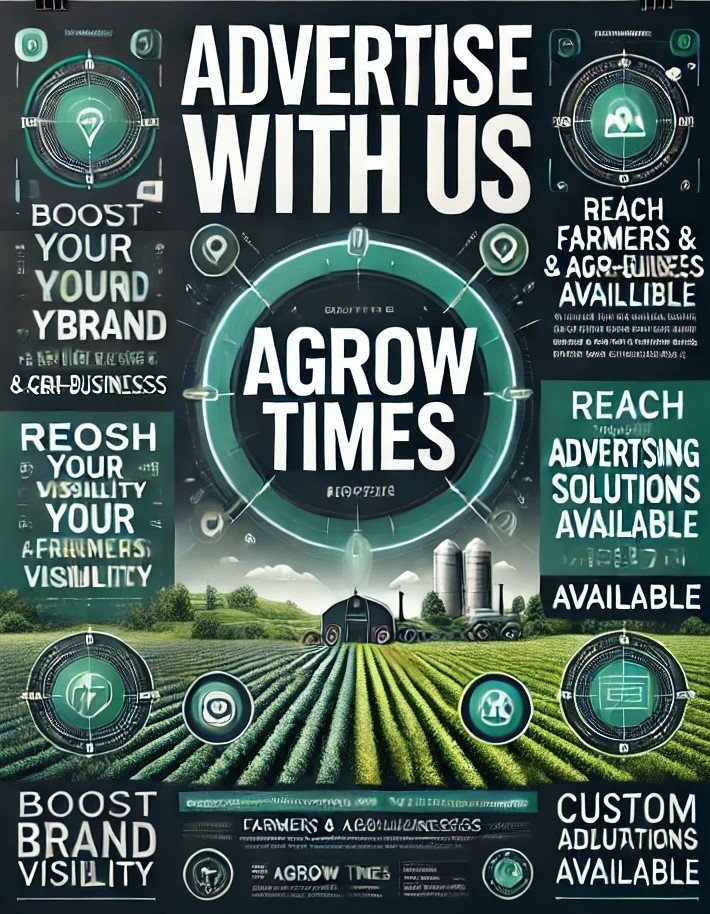The growing global population will have several significant impacts on the agricultural products manufacturing industry:
1. Increased Demand for Food and Agricultural Products
- As the population grows, there will be a higher demand for food and agricultural products. This will drive agricultural manufacturers to scale up production to meet the needs of a larger population. Increased demand will also lead to a need for more diverse product offerings, including processed foods, beverages, and nutritional products.
2. Pressure on Raw Material Supply
- A growing population will put pressure on the supply of raw materials, such as grains, meats, fruits, and vegetables. Manufacturers may face challenges in sourcing enough quality raw materials, which could lead to price volatility and supply chain disruptions. In response, the industry may seek to optimize resource use, invest in new technologies, and explore alternative raw materials.
3. Need for Increased Efficiency and Innovation
- To feed a growing population, agricultural manufacturers will need to improve efficiency in production and processing. This may involve adopting advanced technologies such as automation, precision agriculture, and genetically modified crops to increase yields and reduce waste. Innovations in food preservation, packaging, and transportation will also become more critical to prevent food loss.
4. Sustainability Challenges
- A larger population will increase the demand for natural resources, leading to potential sustainability challenges. Manufacturers will need to adopt sustainable practices, such as reducing waste, using eco-friendly packaging, and implementing water and energy-efficient technologies to meet both production needs and environmental concerns.
5. Shift Towards Alternative Proteins
- As the global population grows, there may be increased interest in alternative protein sources, such as plant-based proteins, lab-grown meat, and insect protein, to meet dietary needs. Agricultural manufacturers will likely need to innovate and adapt by diversifying their product offerings to include these alternatives, addressing both sustainability and health concerns.
6. Changes in Dietary Preferences
- With an expanding global population, particularly in emerging economies, dietary preferences may shift toward more processed and packaged foods. Manufacturers will need to adjust their product lines to meet the evolving preferences for convenience, taste, and nutrition, while also ensuring food safety and quality.
7. Impact on Global Supply Chains
- The growing population will create more pressure on global supply chains, especially in the face of climate change and geopolitical issues. Manufacturers may need to diversify their sourcing strategies, invest in more resilient supply chains, and develop localized production models to mitigate risks associated with supply chain disruptions.
8. Health and Nutritional Needs
- As populations grow, there will be an increased focus on improving nutrition and combating malnutrition. Manufacturers may be required to focus on producing nutrient-dense products, fortifying food with essential vitamins and minerals, and catering to specific health needs like high-protein, low-sodium, or low-sugar diets.
9. Urbanization and Demand for Convenience
- As more people move to urban areas, the demand for convenient, ready-to-eat, and packaged foods will rise. Agricultural manufacturers will need to adapt by producing foods that are easier to prepare, have longer shelf lives, and are more accessible to urban populations, which could lead to increased demand for processed foods.
10. Regulatory Pressures
- Growing populations, especially in developing regions, may lead to stricter government regulations concerning food safety, sustainability, and environmental impact. Agricultural manufacturers will need to stay compliant with these evolving regulations while maintaining product quality and affordability.
Overall, the growing population will push the agricultural products manufacturing industry to innovate, adopt more sustainable practices, and improve efficiencies to meet the increasing global demand for food and other agricultural products.









